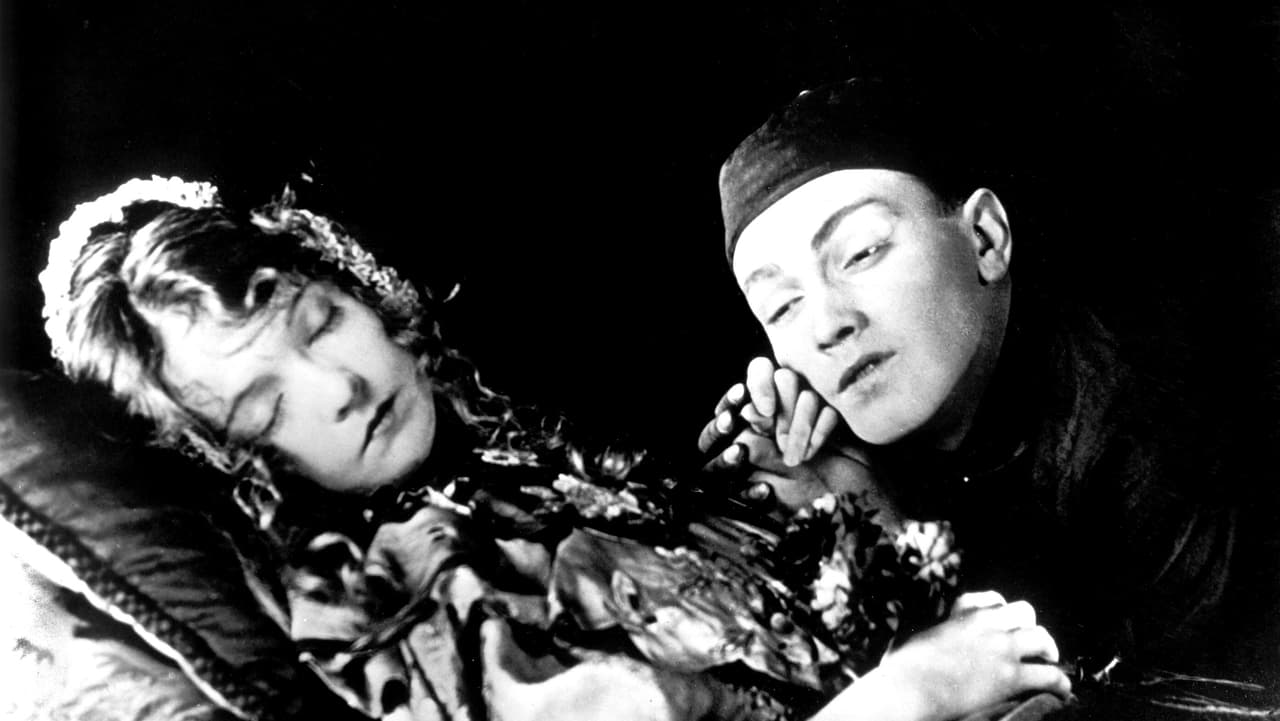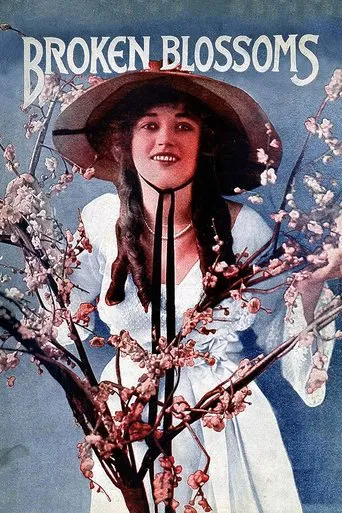

Truly Dreadful Film
... View MoreA film with more than the usual spoiler issues. Talking about it in any detail feels akin to handing you a gift-wrapped present and saying, "I hope you like it -- It's a thriller about a diabolical secret experiment."
... View MoreEach character in this movie — down to the smallest one — is an individual rather than a type, prone to spontaneous changes of mood and sometimes amusing outbursts of pettiness or ill humor.
... View MoreStrong acting helps the film overcome an uncertain premise and create characters that hold our attention absolutely.
... View MoreProducer: David Wark Griffith. A David Wark Griffith Production. Executive producer: David Wark Griffith. Copyright 31 March 1919 by David Wark Griffith. Released through United Artists. New York opening at the George M. Cohan Theatre: 13 May 1919. 6 reels. SYNOPSIS: In the Limehouse district of London, a young Chinese storekeeper temporarily rescues a young girl from the brutal hands of her father, a professional boxer. NOTES: Negative cost: $88,000. Initial worldwide gross: approx. $1,400,000. The number one money-maker at U.S./Canadian ticket windows for 1919. Also number one in Great Britain. In Australia, however, Broken Blossoms was beaten into third place by Raymond Longford's The Sentimental Bloke and Franklyn Barrett's The Girl from the Bush. Griffith was signed to direct a 1936 British re-make but bowed out after a disagreement with the producer. His replacement, Hans Brahm, directed Dolly Haas, Emlyn Williams and Arthur Margetson. VIEWERS' GUIDE: Most strictly adults. Even this adult who has seen any amount of brutality on the screen, could not bear to watch two extremely horrifying scenes. COMMENT: Visiting a first release, capital-city cinema back in 1919 would have been a truly wonderful experience. The lights dim on the opulence of the auditorium, a spotlight picks out the conductor as he strides to his rostrum above the orchestra pit just under the screen. The orchestra strikes up, the curtains part... Three or four shorts, including a newsreel, a cartoon, a travelogue... After Interval comes the main attraction, beautifully photographed, exquisitely tinted, accompanied by an especially composed orchestral score, played live by thirty or forty brilliant musicians. Fortunately I can now re-live one of those 1919 nights with the David Gill/Kevin Brownlow transcription of the D.W. Griffith classic, Broken Blossoms. Not only has the film been beautifully restored, and presented at correct speed in all its original powerfully effective tints, but it is accompanied by the original orchestral score (albeit adapted and arranged by the present conductor Carl Davis). What a wonderful revelation! The story, the acting, the emotional impact seem thrice as powerful in this guise. Too overwhelming in fact. The sensitiveness of the acting from Richard Barthelmess' tragic Yellow Man and Miss Gish's terrifyingly pathetic Lucy to the ring rough-and-tumble with Norman Selby (the legendary Kid McCoy himself), has been commented upon so often and with such clarity and at such length, it needs no additional commendation from me. The same goes for Griffith's justly acclaimed direction and Bitzer's creatively atmospheric lighting. One comment though. I have Thomas Burke's book. It's one of the few treasures in what used to be a vast library but which financial necessity has trimmed to the bone. I would not part with Limehouse Nights. My edition is a seventh reprint (which shows you how popular Burke was) so it's not at all valuable in monetary terms. All the same, it's worth more than $1,000 to me. Its tragedies and mysteries, written with the skill and sensitivity of a master poet, can be read and re-read for their warmth and fire, their understanding and compassion, their realism and irony, their beauty and terror. Suffice to say that, with the exception of some felicitous expansions and three or four slight changes, the plot, characterizations, setting, mood and atmosphere of the movie are remarkably faithful to the book.
... View MoreAnother Griffith's melodrama! It was so hard to get to the end that full of madness film. Even, if its director made lots of interesting films, masterpieces, this, was completely not worth it. Storyline is quite poor. F.e we don't know much about main character's mother. All we can see, is pathology in family. And at the end of film we don't exactly know the reason why the girl ends like that. Also acting is terrible! Especcialy the moves of Donald Crisp are so so cheap or even weird. Lillian Gish is OK, but she is always sad so we can't rate her acting at all. And of course 'the Chinese Guy' who isn't even Asian- he don't shows us nothing special. I saw also, a few completely unnecessary shots- film was too long. ,,Broken Blossoms'' action moves on in the end, in the beginning there was nothing but cruelness. The last thing that shocked me.. main sick love of 20 (or more) year old guy to girl who was a innocent child- the way he looked at her was awful..
... View MoreMelodramatic and beautiful story for the contrast position of Evil and Good in life, for innocence and brutality. it's really heart touching and affecting of feelings. The characters are clear and have strong expression of faces and gestures, as in all early silent movie from this century. Griffit wants to go deep inside the heart of the man who watch, and show him the reality as it is, bringing out to light the beauty of the White blossom of innocence. This blossom is kept inside the poor girl, who wanted to escape from her tyrannic father, and also in the heart of the young Yellow man from China, who traveled away from his country just to bring peace on earth. They are like one heart divided on two persons. They are the face of serenity, beauty and peace, symbol of the eternal good. The father, who return into brutal killer represents the hidden Evil in days and ages of misery. He is shown with the real face of monster ,who never stop to drink and beat his only daughter. His has no purpose in life, than boxing and brutality against everyone. The dead of the pure "white blossom" girl, brings tears in eyes, because it's so real, even in dramatic way, it represents the high reality. All movie is in scenes, with little like theater decor and black and white views look like moving photography. That's the charm and sense of the old cinema of 20s.
... View MoreThe silent film, Broken Blossoms, is a very intriguing film. The first thing I noticed was the beautiful setting in China. It drew my attention into the movie. I really liked how simple and happy the people seemed to be. As I continued to watch the movie I noticed the controversial themes taking place, especially for that time period. Drugs, alcohol, child abuse, and interracial romance caused many conflicts for the main character, Lucy. This was interesting because even in movies today we see these same controversies. I enjoyed the different sets that the directors used. The small sets with minimal camera movement really worked well with this story. The dyed film strips really helped to add effect. The ending was very surprising and I did not see it coming at all. I couldn't believe somebody that was so religious would shoot a man. This movie was quite enjoyable.
... View More